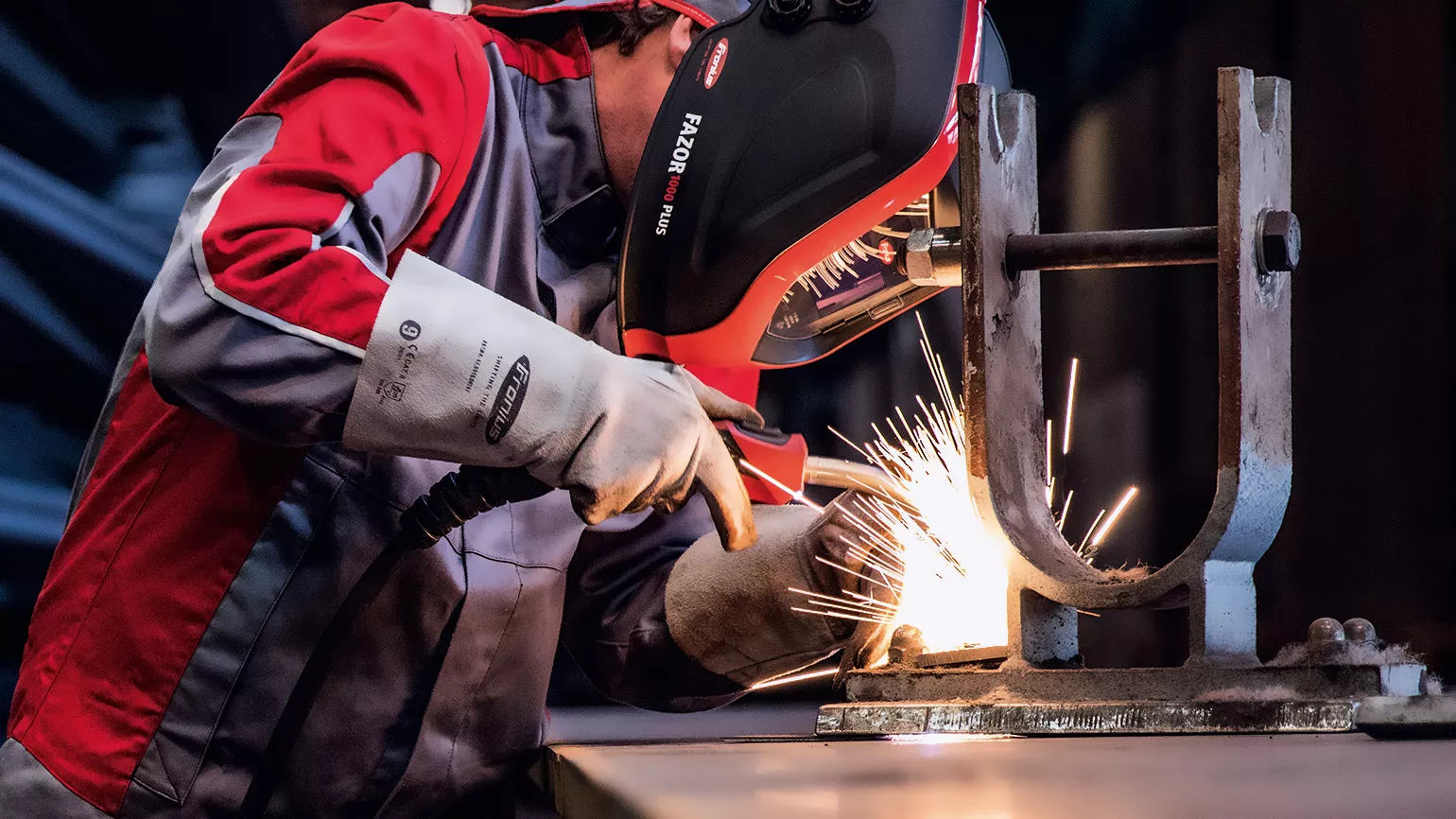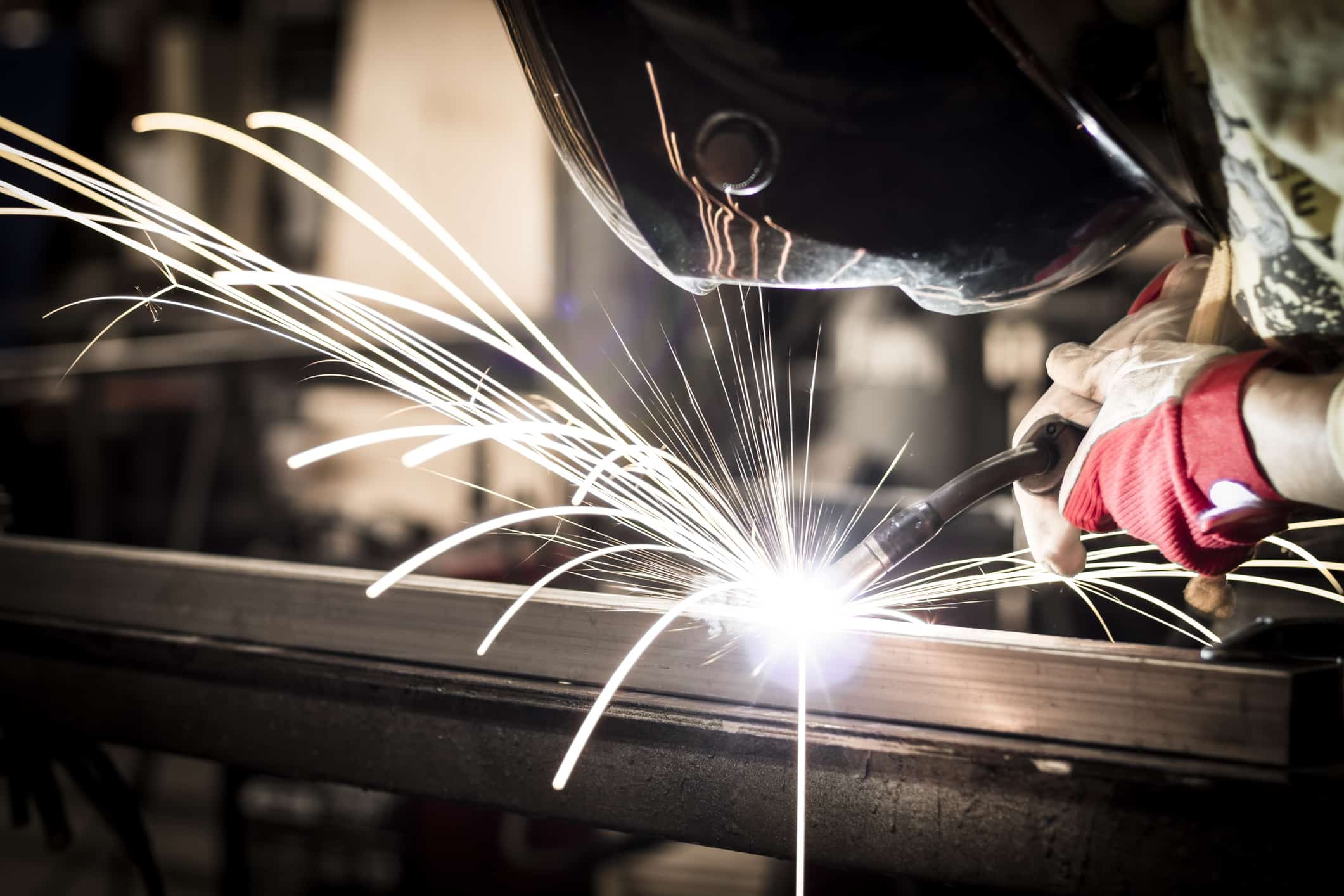Everything about Welding: Key Insights Into Techniques and Ideal Practices for Success
Welding encompasses a range of methods, each suited for specific products and applications. Recognizing these approaches, such as GMAW, SMAW, and TIG, is necessary for accomplishing suitable results. Moreover, the ideal equipment and security techniques can not be overlooked. As preparation and fixing play crucial roles in the welding procedure, grasping these components can significantly improve the high quality of the last product. What are the vital variables that ensure an effective weld?
Recognizing Different Welding Techniques
Welding techniques incorporate a range of approaches, each suited to particular applications and products. Amongst one of the most common techniques are Gas Steel Arc Welding (GMAW), Protected Steel Arc Welding (SMAW), and Tungsten Inert Gas Welding (TIG) GMAW, also called MIG welding, is preferred for its speed and versatility, making it excellent for thin products. SMAW, or stick welding, is preferred for its simplicity and effectiveness in exterior settings, specifically with thicker steels. TIG welding provides precision and control, making it appropriate for complex job and non-ferrous steels (Montana Mobile Welding and Repair Belgrade Fabrication). Each method has its special advantages and considerations, enabling welders to choose the very best method based on the project's requirements, material type, and desired end results. Understanding these strategies is important for successful welding
Vital Welding Tools and Tools
While various welding methods call for details skills, the ideal tools and devices are similarly important for achieving high quality results. Essential welding devices consists of welding makers, which vary relying on the method-- such as MIG, TIG, or stick welding. Safety equipment, consisting of gloves, helmets, and aprons, assurances safety and comfort during the process. In enhancement, clamps and fixtures aid safeguard materials in location, ensuring accuracy in welds. Consumables like welding rods, wire, and securing gas are likewise vital components that influence the quality of the weld. Devices such as mills and cutters assist in surface preparation and post-weld ending up, adding to a specialist result. Spending in premium equipment ultimately boosts the performance and effectiveness of welding projects.
Safety And Security Practices in Welding
Appropriate safety and security practices are crucial in the welding sector to shield employees from potential threats. Welders have to wear appropriate individual protective tools (PPE), including headgears with correct shading, gloves, and flame-resistant clothes. Appropriate air flow is essential to decrease direct exposure to harmful fumes and gases created during the welding process. Additionally, employees should be learnt the appropriate handling of welding equipment to protect against accidents. Fire precaution, such as maintaining flammable materials far from the welding location and having fire extinguishers conveniently offered, are essential. Normal evaluations of equipment and work spaces can aid recognize prospective hazards prior to they bring about crashes. By sticking to these safety practices, welders can develop a safer working environment and lessen risks associated with their profession.
Preparing Materials for Welding
Preparing materials for welding is a vital step that significantly affects the top quality and integrity of the final item (Fabrication). Proper prep work includes cleaning up the surface areas to get rid of contaminants such as rust, dirt, and oil, which can jeopardize the weld. Strategies such as grinding, sanding, or using solvents are typically utilized to accomplish a clean surface. Furthermore, making sure that the products fit with each other comfortably is vital; voids can lead to weak welds. It's also essential to consider the positioning and positioning of the components, as this will affect the convenience of welding and the final result. Ultimately, choosing the proper filler product and making sure compatibility with the base metals is essential for accomplishing solid, long lasting welds
Tips for Achieving High-Quality Welds
Accomplishing premium welds needs interest to detail and adherence to ideal techniques throughout the welding process. Correct joint preparation is vital, guaranteeing surface areas are tidy and free from contaminants. Choosing the proper filler product and welding strategy based upon the base metals is essential for optimal bonding. Keeping constant travel speed and angle while welding can prevent problems and advertise harmony. Furthermore, controlling heat input is crucial; excessive heat can result in bending and weakened joints. If essential, on a regular basis examining the welds during the procedure permits for instant modifications. Employing proper post-weld treatments, such as cleaning and tension relief, can improve the sturdiness and honesty of the weld, ultimately guaranteeing an effective result.
Repairing Usual Welding Issues
Welding usually provides obstacles that can affect the high quality and integrity of the last product. Typical concerns such as porosity, irregular weld grains, and overheating can occur, each calling for certain fixing techniques. Understanding these issues is crucial for welders to enhance their skills and accomplish perfect results.
Porosity Issues Clarified
Although porosity can typically be forgotten, it remains a vital concern in welding that can compromise the honesty of an ended up item. Porosity describes the visibility of tiny gas pockets within the weld bead, which can lead and deteriorate the joint to early failure. This trouble usually additional resources emerges from contaminants, moisture, or incorrect shielding gas insurance coverage throughout the welding procedure. To alleviate porosity, welders ought to verify that the base products are tidy and dry, make use of ideal protecting gases, and preserve consistent welding parameters. Routinely examining the equipment and environment can also assist recognize prospective concerns prior to they manifest in the weld. Resolving porosity efficiently is important for attaining solid, durable welds that fulfill top quality standards.

Inconsistent Weld Beads
Irregular weld grains can greatly impact the top quality and strength of a finished product. Various elements add to this concern, including improper travel speed, inaccurate amperage settings, and inconsistent electrode angles. When the welder moves too swiftly, a bead might show up narrow and lack penetration, while moving too gradually can create extreme build-up. Furthermore, using the incorrect amperage can result in either damaging or excessive spatter, both of which compromise weld integrity. The welder's strategy, such as irregular torch motion, can additionally bring about unequal grain look. To reduce these issues, welders should concentrate on keeping stable, controlled motions and making sure correct tools setups to attain harmony in their welds. Uniformity is crucial to accomplishing strong and trustworthy welds.
Getting Too Hot and Warping Issues
Excessive heat during the welding procedure can cause substantial overheating and contorting problems, impacting the architectural integrity of the workpiece. These issues frequently manifest as distortion, which can endanger positioning and fit-up, making more setting up challenging. Aspects contributing to overheating consist of the selection of welding parameters, such as voltage and take a trip speed, as well as the type of product being welded. To reduce these concerns, welders need to keep constant traveling rate and suitable heat input while monitoring the workpiece temperature level. Furthermore, preheating or post-weld heat treatment can help alleviate stresses triggered by quick air conditioning - Montana Mobile Welding and Repair Fabrication. Regular evaluation and adherence to best methods are necessary in avoiding overheating and guaranteeing the long life and integrity of bonded structures
Regularly Asked Inquiries
What Are the Career Opportunities in the Welding Market?
The welding industry supplies varied profession possibilities, including placements as welders, educators, engineers, and examiners. Professionals can operate in production, building and construction, aerospace, and vehicle fields, taking advantage of solid need and affordable incomes in numerous functions.
Just How Can I Boost My Welding Rate Without Compromising Quality?
To improve welding rate without sacrificing top quality, one ought to practice efficient methods, preserve tools, enhance setups, and improve hand-eye control. Routine training click for info and seeking responses can also significantly contribute to attaining quicker, high-grade welds.
What Qualifications Are Available for Welders?
Numerous qualifications exist for welders, including those from the American Welding Culture (AWS), the National Facility for Construction Education and Research Study (NCCER), and various industry-specific companies. These credentials boost employability and show skill efficiency.
Just How Does Welding Impact the Residences of Metals?
Welding influences the homes of metals by modifying their microstructure, which can bring about changes in firmness, toughness, and ductility. Warmth input and air conditioning rates throughout the process considerably influence these product qualities.
Can I Bonded Dissimilar Metals Together?

Comments on “How cracks form in welding and how Montana Mobile Welding and Repair solves them”